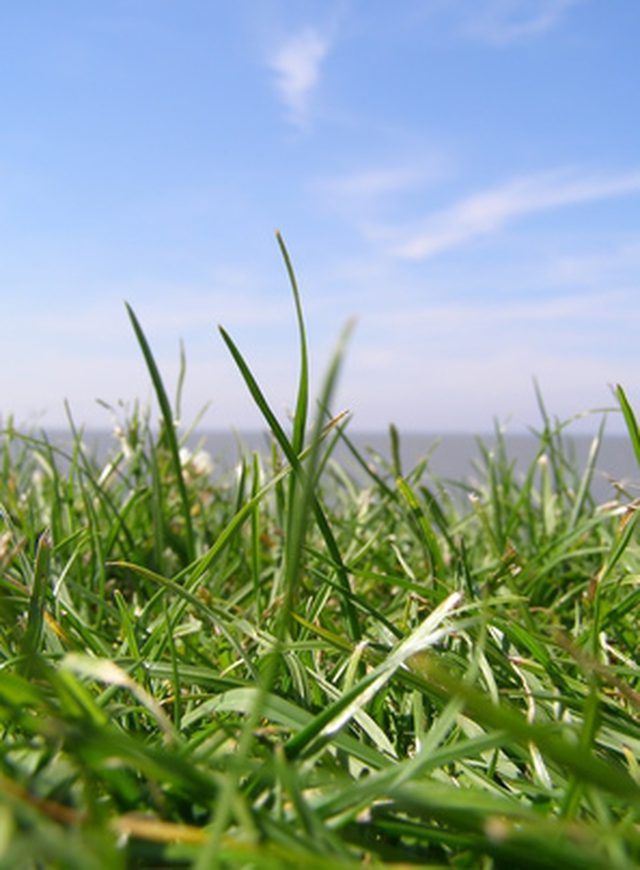Bulbs
Flower Basics
Flower Beds & Specialty Gardens
Flower Garden
Garden Furniture
Garden Gnomes
Garden Seeds
Garden Sheds
Garden Statues
Garden Tools & Supplies
Gardening Basics
Green & Organic
Groundcovers & Vines
Growing Annuals
Growing Basil
Growing Beans
Growing Berries
Growing Blueberries
Growing Cactus
Growing Corn
Growing Cotton
Growing Edibles
Growing Flowers
Growing Garlic
Growing Grapes
Growing Grass
Growing Herbs
Growing Jasmine
Growing Mint
Growing Mushrooms
Orchids
Growing Peanuts
Growing Perennials
Growing Plants
Growing Rosemary
Growing Roses
Growing Strawberries
Growing Sunflowers
Growing Thyme
Growing Tomatoes
Growing Tulips
Growing Vegetables
Herb Basics
Herb Garden
Indoor Growing
Landscaping Basics
Landscaping Patios
Landscaping Plants
Landscaping Shrubs
Landscaping Trees
Landscaping Walks & Pathways
Lawn Basics
Lawn Maintenance
Lawn Mowers
Lawn Ornaments
Lawn Planting
Lawn Tools
Outdoor Growing
Overall Landscape Planning
Pests, Weeds & Problems
Plant Basics
Rock Garden
Rose Garden
Shrubs
Soil
Specialty Gardens
Trees
Vegetable Garden
Yard Maintenance
How to Reseed Bermuda Grass
How to Reseed Bermuda Grass. Bermuda grass is an extremely popular grass in the South and Southeast regions of the United States. This grass is popular because it grows fast, chokes out weeds and tolerates drought. Bermuda grass is often the choice for reseeding lawns that have been damaged or have been planted with seed less suited to the hot...

Bermuda grass is an extremely popular grass in the South and Southeast regions of the United States. This grass is popular because it grows fast, chokes out weeds and tolerates drought. Bermuda grass is often the choice for reseeding lawns that have been damaged or have been planted with seed less suited to the hot weather of the South. Reseeding a lawn can be accomplished using equipment from rental stores and supplies from home and garden stores.
Things You'll Need
Rototiller
Power rake
Garden rake
Garden roller
Broadcast spreader
Bermuda grass seed
Sprayer and water source
Lawn mower
Choose a time in the spring when temperatures will not go below 65 degrees. Bermuda grass is heat sensitive and needs warm days and nights to germinate properly.
Rent a garden tiller and a power rake from an equipment rental store. Use the garden tiller to till the top 6 inches of soil in the area to be reseeded. Use the power rake to smooth the soil after tilling.
Take a soil sample to the county extension agent. Apply amendments to the soil as advised by the extension agent.
Hand rake the soil to remove any weeds or previous grass, incorporate soil amendments and prepare a smooth surface. Use a garden roller to compact the top of the prepared surface. Bermuda grass germinates best on a firm surface and walking on the surface should leave footprints no more than a 1/4 inch deep.
Use a broadcast spreader to spread Bermuda grass seed at a rate of 3 to 5 lbs. per 1,000 square feet. Spread half the seed in one direction and half the seed at right angles to the initial seeding. This helps achieve even coverage.
Rake the area that was seeded to a depth of 1/8 inch. Use a garden roller to compact the soil after it has been raked.
Apply a light mist of water several times a day to keep the soil moist. The soil must be kept moist in this manner for the next 10 to 14 days as the seeds germinate. After the seeds germinate, gradually reduce the frequency of watering and increase the length of watering to promote deeper root growth.
Mow the lawn to a height of 1 inch when grass seedlings reach a height of 2 inches. After several cuttings, reduce the mowing height to 3/4 inch for the rest of the growing season to promote faster growth. Grass clippings can remain on the lawn.